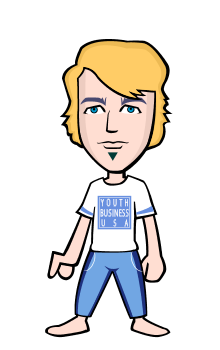"If you can quit for a day, you can quit a lifetime."
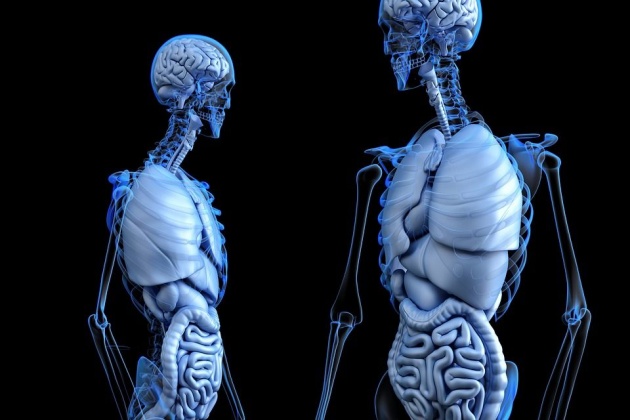
Image credits: www_slons_pics via Pixabay
The human body is a wonderful machine. It is called a human machine. Usually, we give little thought to this marvelous machine. Everyday, we dress, go to school, work, and calisthenic activities. At times we work, at other times we play. When something goes wrong, as when we catch cold or sprain our ankle, that is our time when we find out what is wrong with us.
Prescription Medicines
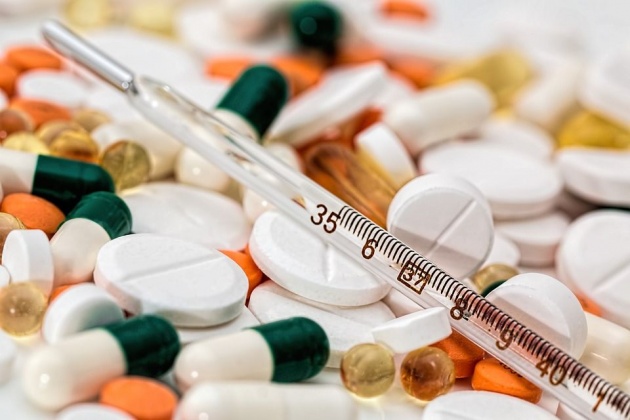
Image credits: Stevepg via Pixabay
What comes to your mind when you see, hear, or read the word "drug?" A drug is any substance which when taken in the body changes one's feeling, thinking, and behavior. Are medicines drugs? Are they useful or harmful drugs? When can they be useful? When can they be harmful?
When you go to the nearest drugstore, interview the pharmacist to enable you to answer these questions.
- What are the two general types of the medicines?
- Why is a prescription needed in buying some medicines?
- Why are some medicines sold without prescription?
We all know that prescription medicines are medicines which are brought or sold only upon the order of a physician or a dentist. The doctor's order is written in a special form called prescription. A pharmacist fills in the prescription. That is, he reads it and gives the prescribed medicines.
Of course, prescription medicines are safe because they are given only upon the order of a doctor to treat diseases. Some medicines likes vaccines are prescribed to prevent a certain diseases. Tranquilizers are prescribed by a doctor to help a person to sleep or relax. Pain relievers such as anesthesia are given to lessen or kill pain. Anesthesia is normally used when surgery is to be preformed.
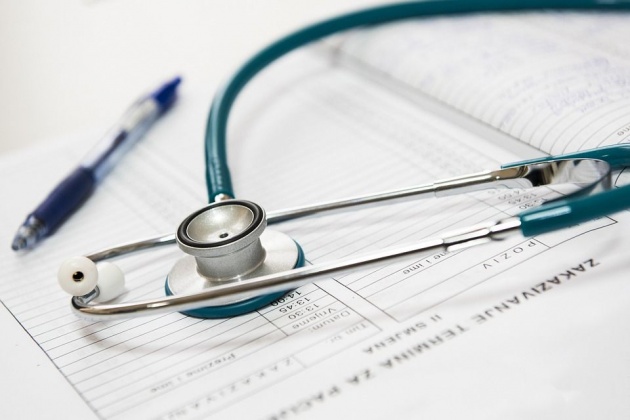
Image credits: DarkoStojavonic via Pixabay
A person need not to worry when taking prescription medicines as long as he follows the doctor's advice correctly. A doctor usually tells him how much of the medicine to take, when and how often to take it, and the possible side effects after taking the medicines. Side effects are unwanted feelings or sickness that may happen after taking the medicine. It is always best to ask the doctor about any side effect after taking prescribed medicine.
Now, do the testing. Go to the nearest drugstore and interview the pharmacist again. Show your list of prescription medicines. Example, antipyretics are used to lower fever.
What will happen to a patient if he does not follow correctly the prescription of a doctor?
Over-the-Counter Medicines
Some medicines can be taken to treat minor illnesses and keep a person healthy even without a doctor's prescription. Are these medicines safe?
We usually apply merthiolate solution on small cuts. Why?

Image credits: Stevepb via Pixabay
Merthiolate solution is an antiseptic. An antiseptic is a medicine that prevents infection or kills bacteria. An antiseptic belongs to non-prescription medicines or over-the-counter drugs. This kind of medicine can be bought or sold without a doctor's prescription. These medicines do not have strong effects on the body as prescription medicines have. They are used to relieve simple headaches, minor aches, and muscle pains. Some example of over-the-counter drugs are cold tablets, rubbing alcohol, burn ointments, and creams.
Many may think that non-prescription medicines are not harmful because they are easy to buy and use. This is not true. They are safe only when used properly. To use or take over-the-counter medicines safely, remember these things:
- Read the medicine label carefully.
- Follow the directions correctly.
- Take the medicine in the presence of a responsible adult.
Medicines, whether prescription or non-prescription are useful and effective if used properly. They are harmful and ineffective when misused.
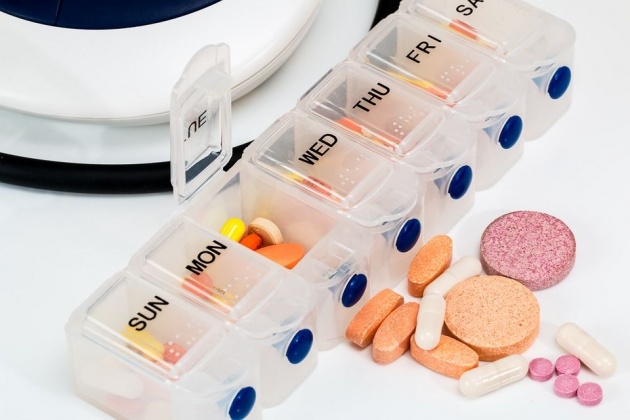
Image credits: Stevepb via Pixabay
At home, try to collect empty medicine boxes, envelopes, or bottles with their labels still intact. Group them according to use and as to type (prescription or nonprescription).
What do manufacturers place in the labels as safety measures?
Abusing OTC drugs can lead to health problems including memory loss, kidney failure, heart problems and death.
Some commonly abused OTC medications include:
- -Cough medicines
- -Cold medicines
- -Motion sickness pills
- -Pain relievers
- Read more in this source: Addiction Center
Courtesy of the video: BLVD Treatment Centers via Youtube
Alcohol Drinks

Image credits: Michael Gaida via Pixabay
What alcohol drinks are frequently advertised on television and radio? Are these products safe for the body? Why?
What do beer, wine, and whisky have in common?
Before drinking drinks, examine labels especially of alcoholic drinks. Take note of their contents. Find out which content is common and list it. Remember to look at the percentage of alcohol content and percentage of other ingredients.
Alcohol is a colorless, clear liquid which gives a burning sensation to the mouth, esophagus, and sometimes to stomach. It is made through the process of fermentation. Certain grains, vegetables, and fruits are fermented to produce ethyl alcohol which is made from wood products and petroleum is another kind of alcohol. It is poisonous and can kill a person if he gets drunk.
How Alcohol Affects the Body

Image credits: Jarmoluk via Pixabay
Alcohol is a harmful drug that affects how a person thinks, feels, or acts. After alcohol is taken, it enters the bloodstream and circulates to all parts of the body. In the brain,, alcohol affects the brain cells. It slows down thinking and makes a person commit many mistakes. A drunken person makes poor decisions. He has slurred speech and cannot stand or walk straight nor balance. This is so because muscles become weak and control over them is lost. He has blurred vision. Many vehicular accidents are caused by drunk drivers. Habitual alcohol drinkers have stomach, liver, and heart problems.
The effect of alcohol in a person is related to his body weight. If a person weighs less, alcohol has quicker and stronger effect on him. Alcohol is circulated to all parts of our system.
Just think of it, how many cases of accidents and deaths are reported due to the influence of liquor in a day or week?
Cigarette Smoking and Its Effects
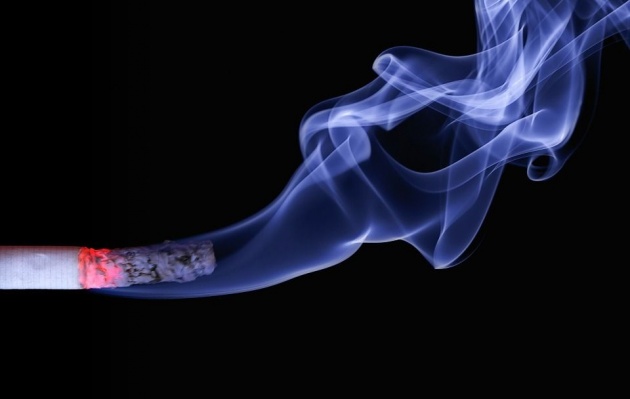
Image credit: Realworkhard via Pixabay
If a person smokes two sticks of cigarettes a day at 50 dollars a stick, how much will he spend in a year?

Image credits: ColiNOOB via Pixabay
Besides being a waste of money, there are other harmful things that result from cigarette smoking. It is a fact that cigarette contains more than 1000 different substances. Most of these are drugs. Nicotine is one of these. Nicotine is a poisonous colorless gas. A pin-sized drop of pure nicotine if taken into body can kill a person instantly. Nicotine in cigarette smoke makes the blood vessels narrower so that the flow of the blood and oxygen in the body is affected. As a result, the heart must work harder. Nicotine is habit-forming. It means that once a person has started to smoke, he develops the habit and finds it hard to stop.

Image credit: PublicDomainPictures via Pixabay
Tar is a brown sticky substance in cigarette smoke that harms the air passages and the lungs. Air passages include the mouth, nose, throat, and windpipe. As a person continually smokes, tar is built up on the walls of the air passages and lungs. This leads to difficulty in breathing. Tar is also known to cause cancer. A heavy smoker may suffer from a lung cancer.
Carbon monoxide, an odorless and colorless gas, is another harmful substance in cigarette smoke. When a person smokes, he inhales carbon monoxide rather than oxygen. As a result, oxygen supply in the body is lessened. The heart has to pump harder so that every cell can have the needed oxygen. Heartbeats increase and breathing becomes deep and frequent. This makes the smoker suffer from heart and lung problems. Emphysema, a condition resulting from the destruction of air sacs in lungs and causing difficulty in breathing, is common to smokers. Chronic bronchitis is another common smoker's problem. In this illness, extra mucus is built up in the air passages and blocks breathing. The mucus causes coughing and difficulty in breathing.
Smoking affects the sense of smell and taste because it destroys the nerve endings in the nose and tongue. A smoker cannot enjoy the taste and smell of food. Vision becomes blurred and muscle movements become slow due to the effect of carbon monoxide. It takes a smoker a longer time to move away from danger.
Equally harmful as smoking is sidestream smoke. Side stream smoke is smoke from a smoker which is inhaled by a non-smoker. It is best to stay away from people who smoke.
How to Quit in Smoking
There is no one way that works for everyone. You have to be emotionally and mentally ready. You must want to quit smoking for yourself, not to please your friends or family. It helps to plan ahead.
- First, pick a date to stop smoking and then stick to it.
- Write down your reasons for quitting. Read over the list every day, before and after you quit.
- Write down when you smoke, why you smoke, and what you are doing when you smoke. You'll learn what causes you to smoke.
- Stop smoking in certain situations (such as during your work break or after dinner) before actually quitting.
- Make a list of activities you can do instead of smoking-and do them when the urge hits.
- Ask your doctor about nicotine gum or patches, or drugs than can help you quit.
- Join a stop-smoking program.
Read more in this source: WebMD
Courtesy of the video: Ways and How via Youtube
For You to Think About
What are the difference between prescription medicines and over-the-counter medicines?
How does smoking affect one's health?
How does alcohol affect one's vision?
---------------------------------------------------------------------
All rights reserved 2019.
No part of this article may be reproduced
without special credits of the images used from Pixabay.

